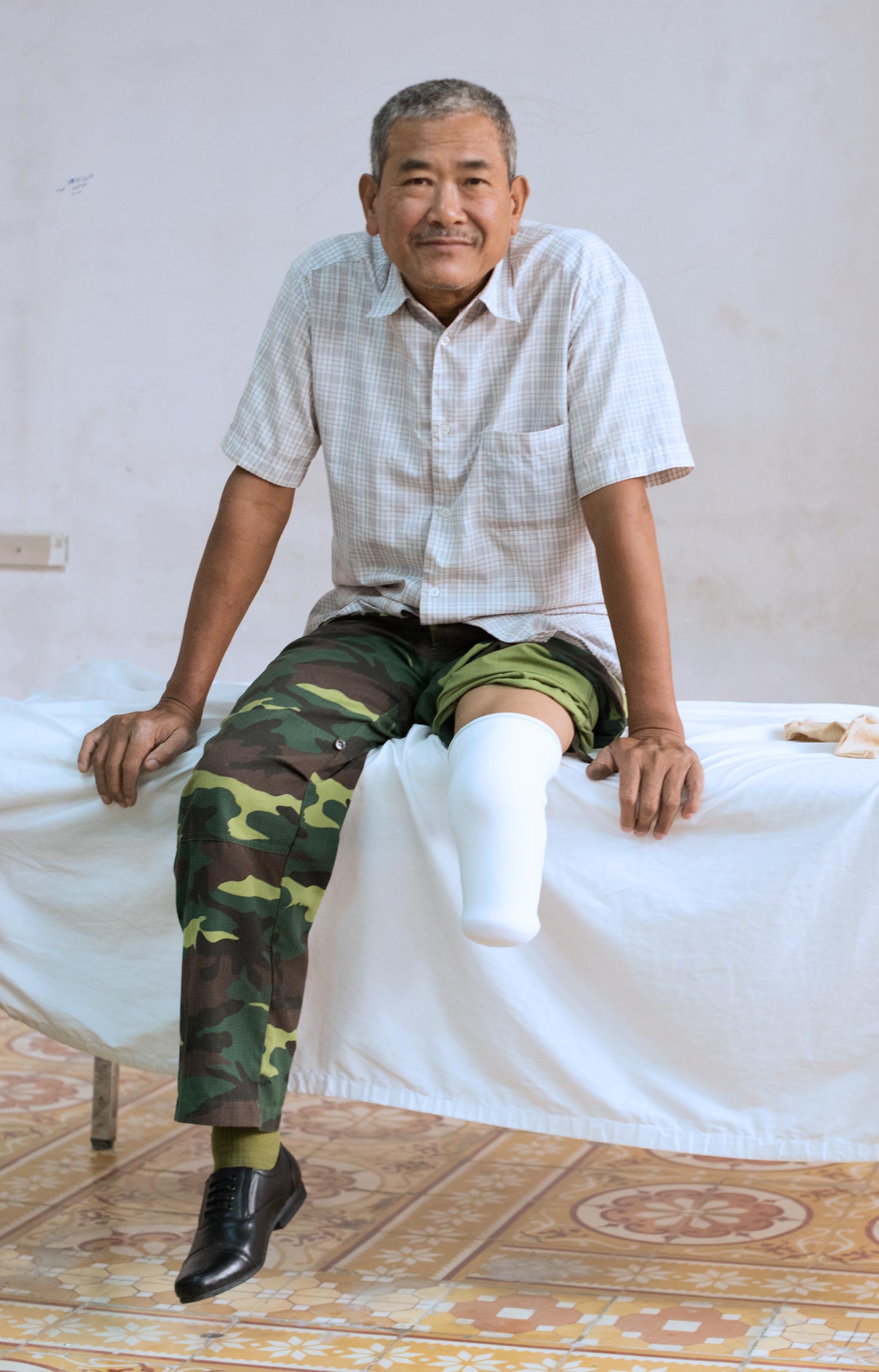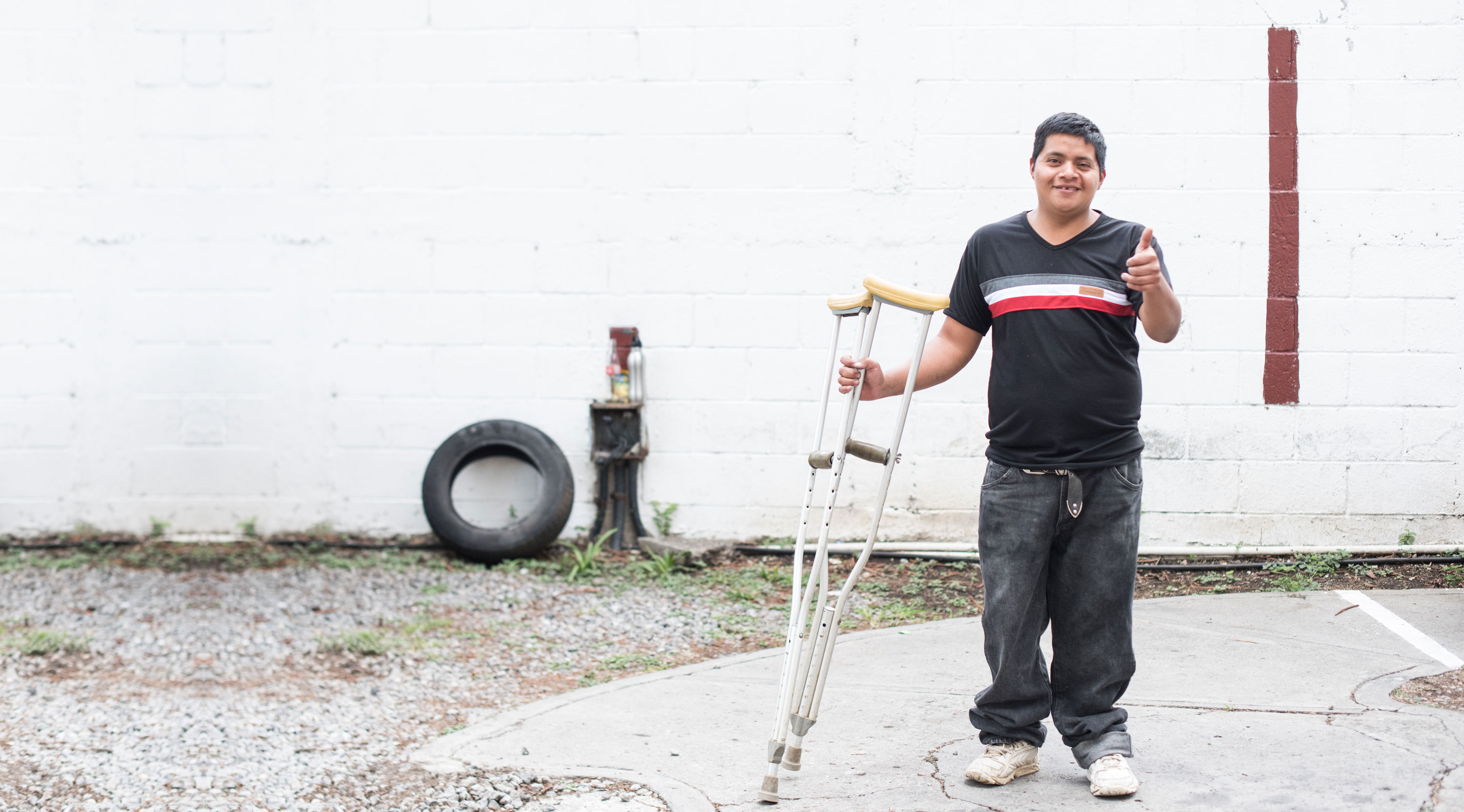
thirty-five million
people need prostetics but do not have access to them

The Main Causes of Limb Loss
1. Diabetes
Diabetes is one of the main causes of limb loss. In many developing nations, diabetes is uncontrolled or even undiagnosed. And it’s on the rise. An ulcer can lead to an infection which can often lead to amputation.
2. Trauma
Trauma – from motor vehicle accidents, burns, electrocution or landmines, is the second leading cause of amputeeism we see in our patients.
3. Genetic or Birth Defects
There are several genetic conditions that cause children to be born with deformed or missing limbs, termed 'limb reductions'. This can affect upper extremities or lower extremities. These children will need prosthetic or orthotic devices to best function in society and be able to walk. This often makes the difference of if a child can go to school or not. Hope To Walk has helped multiple children who were born with genetic conditions who benefited from prosthetics.
4. Cancer
Around the world, both children and adults suffer from bone cancers that often require amputation as part of their treatment. Osteosarcomas are one of the most common cancers that cause this but other types include Ewing's sarcomas and chondrosarcomas. Hope To Walk is looking to partner with cancer organizations in developing nations so as to help many of these children who need prosthetic devices.

For people in developing countries who earn less than $5 per day traditional, commercial prosthetics are out of reach
Prosthetic legs can cost between $10,000 - $25,000 and up. And people in developing countries who have lost a leg, often earn less than $5 per day. Being unable to work or provide for their family leads to depression and isolation. Hope To Walk’s quality, low-cost solution means amputees can not only walk again, but work again.
Getting back on your feet
In a study published by our founders Dr. Michael Mabry, DO and Phil Johnson, CPO in the Journal of Prosthetics and Orthotics they found that 75% of their patients who were previously unable to work now had an income that they could use to support their family. See study
Walking again changes everything.
EMPLOYMENT & ECONOMICS
In our recently published study, 75% of our patients who were previously unable to work now had an income that they could use to support their family. Hope To Walk is also training people to create prostetics for their local community.
LESS ISOLATION
Amputees often face bullying and social isolation. Once they are walking again, their difference is less noticeable to others.
HELPING FAMILIES
Helping amputees walk again is just the beginning. Once they are able to care for themselves, it alleviates the need for their families to care for them as much.
IMPROVED MOOD & ESTEEM
- Imagine feeling “whole” again
- Imagine standing up and looking people eye to eye
- When you can be productive, you have more self-esteem
How we are solving this issue
We partner with local clinics, missionaries and medical personnel in order to coordinate patients, train locals to make our prosthetics, and be as sustainable as possible moving forward.
The ability to walk again changed the lives of Andy, Le Thi Then and Ada.
Andy can now run and play with his friends.


